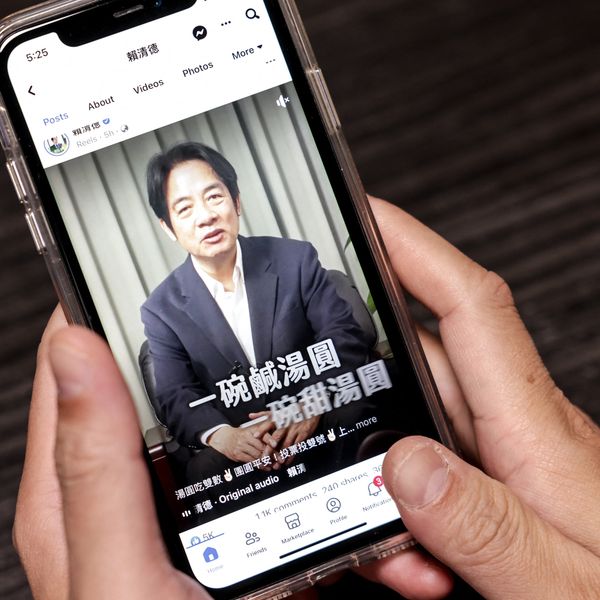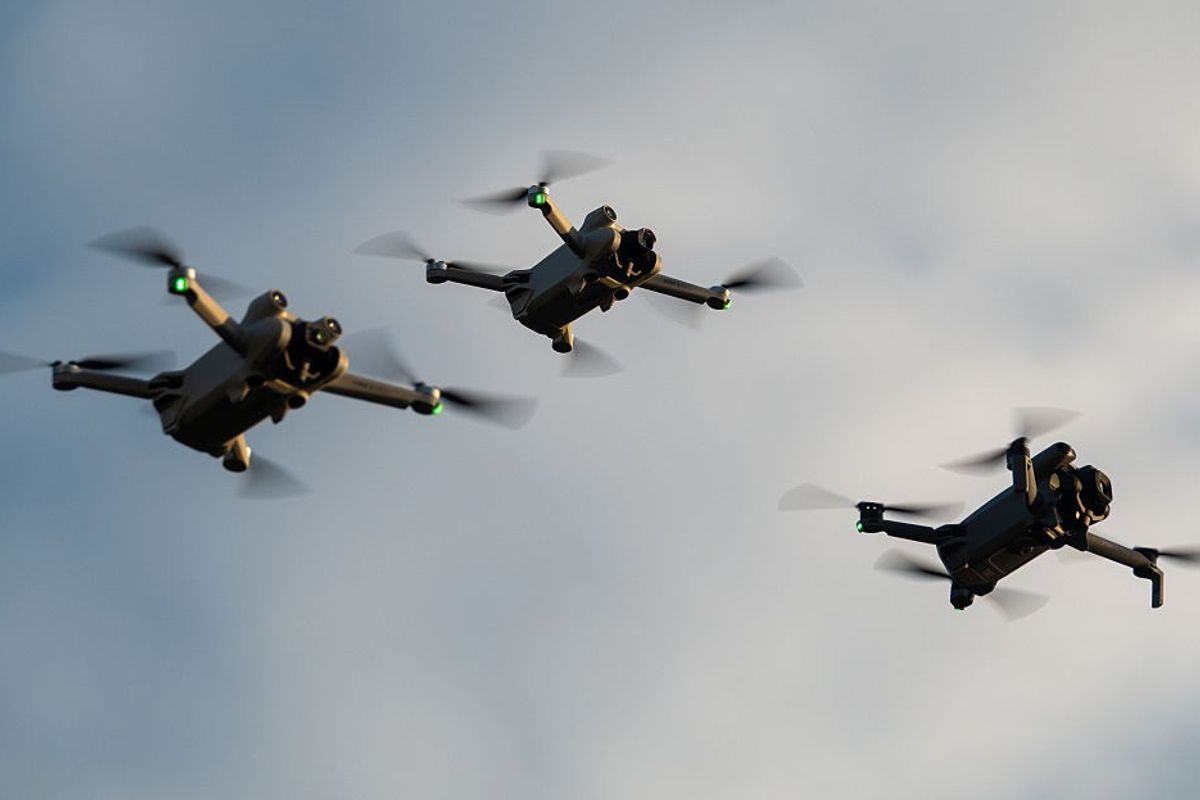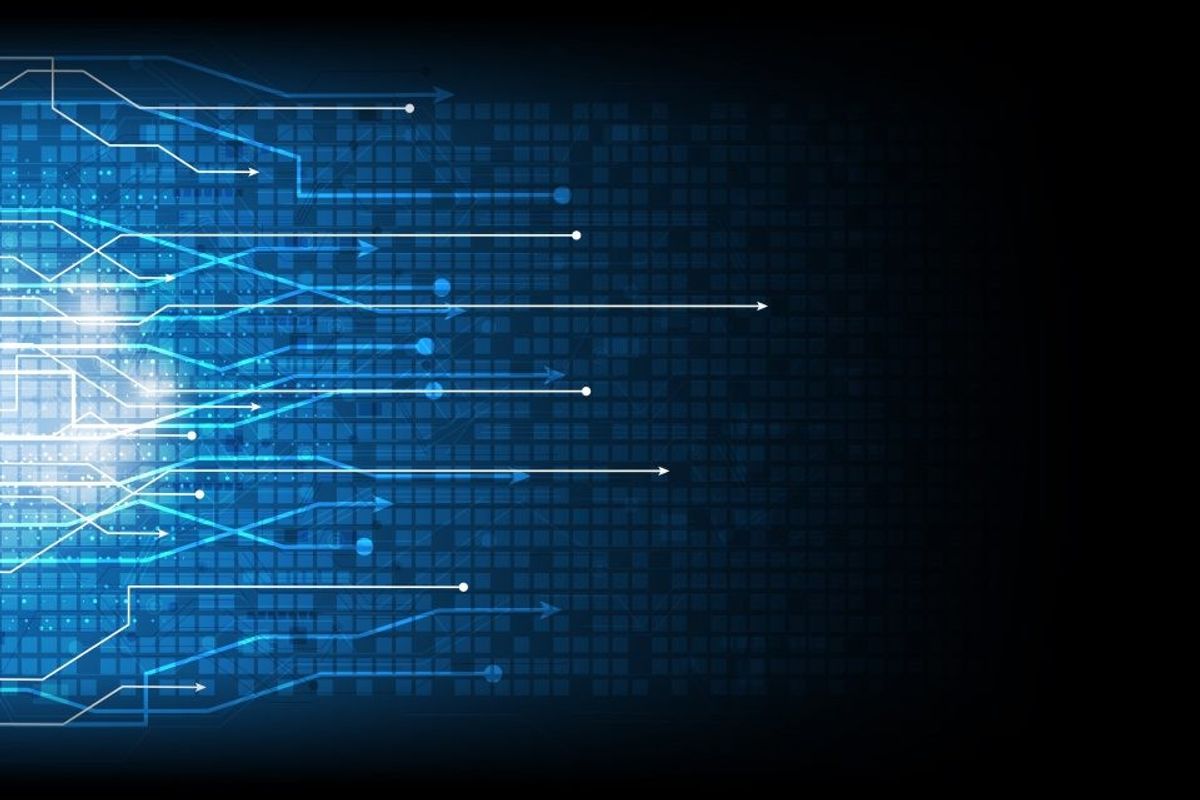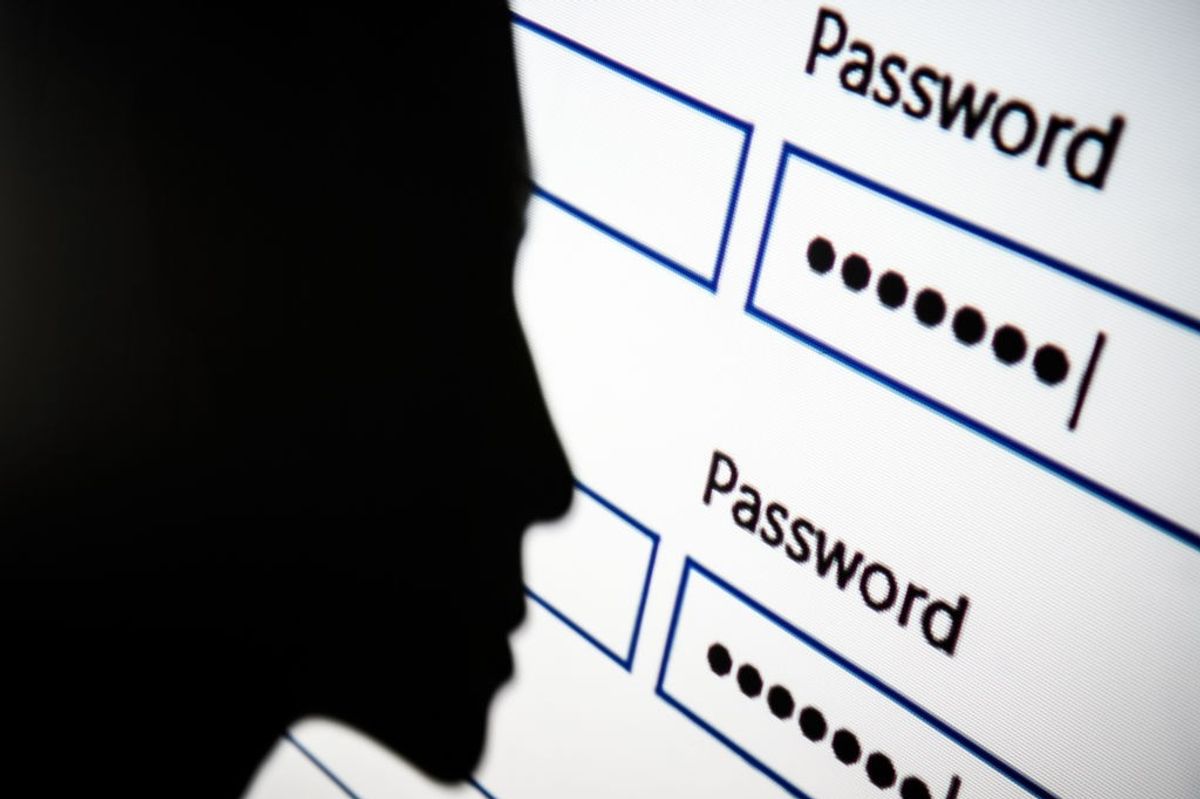Even seemingly trivial posts can add to divisions already infecting the nation. Over the summer, a deepfake video depicting Rep. Alexandria Ocasio-Cortez (D-NY) discussing the perceived racist overtones of a jeans commercial went viral. At least one prominent news commentator was duped, sharing misinformation with his audience. While the origin of the fake is unknown, foreign adversaries, namely China, Russia, and Iran, often exploit domestic wedge issues to erode trust in elected officials.
Last year, Sen. Ben Cardin (D-MD) was deceived by a deepfake of Dmytro Kuleba, the former foreign minister of Ukraine, in an attempt to get the senator to reveal sensitive information about Ukrainian weaponry. People briefed on the FBI’s investigation into the incident suggest that the Russian government could be behind the deepfake, and that the Senator was being goaded into making statements that could be used for propaganda purposes.
In another incident, deepfake audio recordings of Secretary of State Marco Rubio deceived at least five government officials and three foreign ministers. The State Department diplomatic cable announcing the deepfake discovery also referenced an additional investigation into a Russia-linked cyber actor who had “posed as a fictitious department official.”
Meanwhile, researchers at Vanderbilt University’s Institute of National Security revealed that a Chinese company, GoLaxy, has used artificial intelligence to build psychological profiles of individuals including 117 members of Congress and 2,000 American thought leaders. Using these profiles, GoLaxy can tailor propaganda and target it with precision.
While the company denies that it — or its backers in the Chinese Communist Party — plan to use its advanced AI toolkit for influence operations against U.S. leaders, it allegedly has already done so in Hong Kong and Taiwan. Researchers say that in both places, GoLaxy profiled opposition voices and thought leaders and targeted them with curated messages on X (formerly Twitter), working to change their perception of events. The company also allegedly attempted to sway Hong Kongers’ views on a draconian 2020 national security law. That GoLaxy is now mapping America’s political leadership should be deeply concerning, but not surprising.
GoLaxy is far from the only actor reportedly using AI to influence public opinion. The same AI-enabled manipulation that now focuses on national leaders will inevitably be turned on mayors, school board members, journalists, CEOs — and eventually, anyone — deepening divisions in an already deeply divided nation.
Limiting the damage will require a coordinated response drawing on federal resources, private-sector innovation, and individual vigilance.
The Cipher Brief brings expert-level context to national and global security stories. It’s never been more important to understand what’s happening in the world. Upgrade your access to exclusive content by becoming a subscriber.
The White House has an AI Action Plan that lays out recommendations for how deepfake detection can be improved. It starts with turning the National Institute of Standards and Technology’s Guardians of Forensic Evidence deepfake evaluation program into formal guidelines. These guidelines would establish trusted standards that courts, media platforms, and consumer apps could use to evaluate deepfakes.
These standards are important because some AI-produced videos may be impossible to detect with the human eye. Instead, forensic tools can reveal deepfake giveaways. While far from perfect, this burgeoning deepfake detection field is adapting to rapidly evolving threats. Analyzing the distribution channels of deepfakes can also help determine their legitimacy, particularly for media outlets that want to investigate the authenticity of a video.
Washington must also coordinate with the tech industry, especially social media platforms, through the proposed AI Information Sharing and Analysis Center framework to build an early warning system to monitor, detect, and inform the public of influence operations exploiting AI-generated content.
The White House should also expand collaboration between the federal Cybersecurity and Infrastructure Security Agency, FBI, and the National Security Agency on deepfake responses. This combined team would work with Congress, agency leaders, and other prominent targets to minimize the spread of unauthorized synthetic content and debunk misleading information.
Lastly, public figures need to create rapid response communication playbooks to address the falsehoods head on and educate the public when deepfakes circulate. The United States can look to democratic allies like Taiwan for inspiration in how to deal with state-sponsored disinformation. The Taiwanese government has adopted the “222 policy” releasing 200 words and two photos within two hours of disinformation detection.
Deepfakes and AI-enabled influence campaigns represent a generational challenge to truth and trust. Combating this problem will be a cat-and-mouse game, with foreign adversaries constantly working to outmaneuver the safeguards meant to stop them. No individual solution will be enough to stop them, but by involving the government, the media, and individuals, it may be possible to limit their damage.
The Cipher Brief is committed to publishing a range of perspectives on national security issues submitted by deeply experienced national security professionals.
Opinions expressed are those of the author and do not represent the views or opinions of The Cipher Brief.
Have a perspective to share based on your experience in the national security field? Send it to Editor@thecipherbrief.com for publication consideration.
Read more expert-driven national security insights, perspective and analysis in The Cipher Brief















